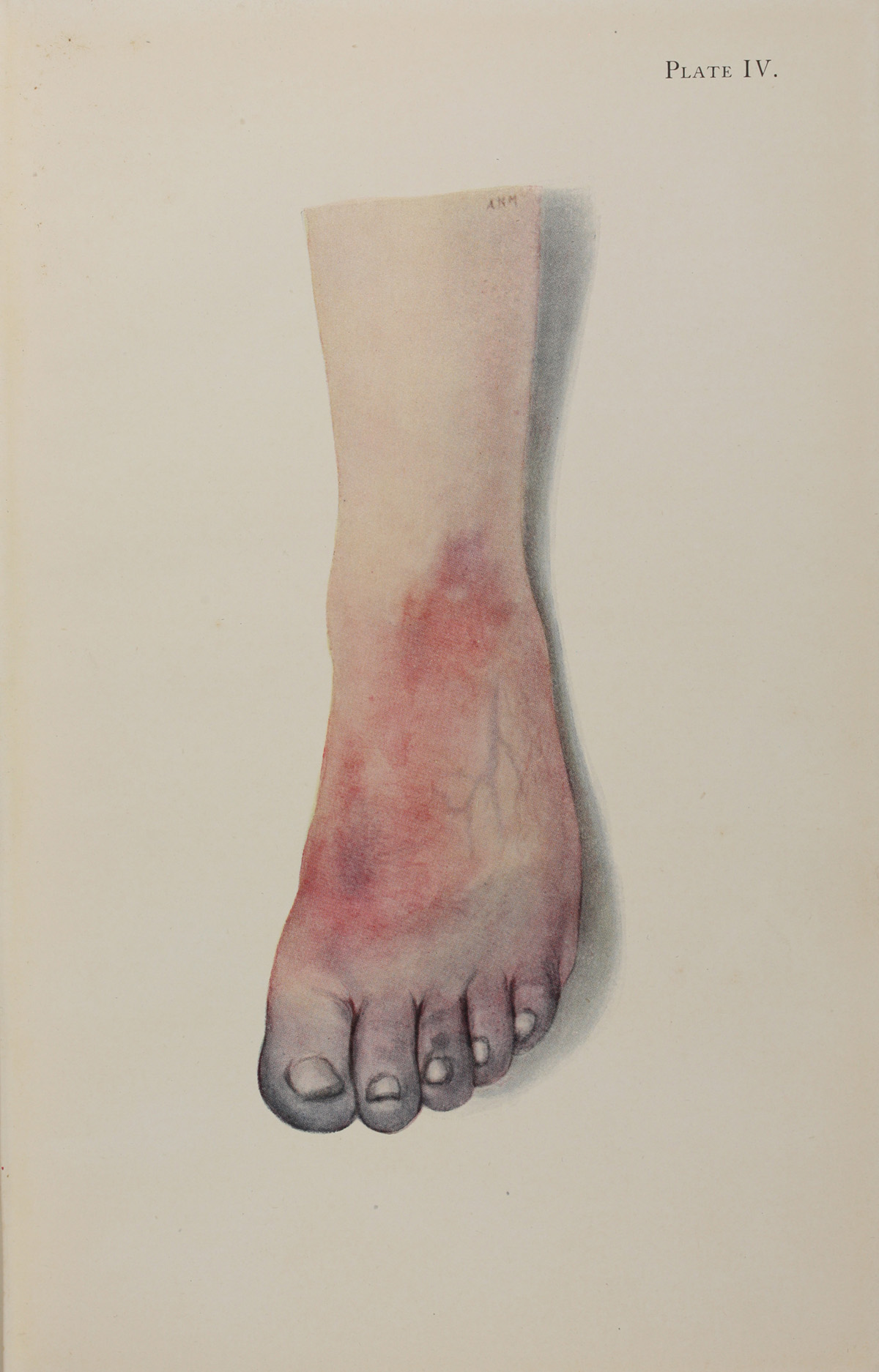
About gangrene
Gangrene is decay and necrosis or death of the tissue caused by interrupted blood flow. Gangrene may also involve infection, although not necessarily. It is commonly seen on lower extremities, especially toes and feet, but also on hands, fingers, muscles and even internal organs.
The chances of gangrene are higher if a person is not healthy, meaning if he or she already suffers from a medical condition. The prognosis is usually very good providing the gangrene was diagnosed and treated early on.
As for the symptoms of gangrene, they include skin discoloration with blue or black tones, severe pain, numbness of the affected area, foul-smelling discharge oozing from the wound, and in case of gangrene underneath the skin, such as gas gangrene or internal gangrene, the symptoms include swelling and pain of the affected tissue, fever and malaise and fatigue.
If the infection originating from the gangrenous tissue spreads further, it may cause septic shock. Some of the signs of septic shock include rapid heart rate, low blood pressure, difficulty breathing, confusion and lightheadedness.
Prevention of gangrene
There are certain things one can do to prevent gangrene or to reduce the risk of getting it. People who have diabetes are particularly prone to gangrene and that should be extra careful and examine their hands, feet and toes daily, checking for bruises, cuts, discoloration, swelling, infection or drainage. In case any of those symptoms appear, they should see a doctor as soon as they can.
Using tobacco products, especially cigarettes, increases the risk of gangrene. Everyone should consider quitting this unhealthy habit, because it damages blood vessels, among other things.
Preventing infections is a very important way to reduce the risk of gangrene. Cuts, sores and open wounds should be cleaned and disinfected and if any sign of infection appears, it should be treated with antibiotics. It is also very important to frequently wash hands and take care of personal hygiene.
One of the major causes of gangrene are frostbites or injuries caused by very low temperatures. People who spend a lot of time in the cold, for example alpinists, hikers, skiers and such, should be very careful and seek medical attention of the skin becomes pale, cold, dry and hard after prolonged exposure to low temperatures.
The signs that indicate it is necessary to see a doctor include pale, cold and hard skin, sores that do not heal or that reoccur and sores that have a foul-smelling discharge.


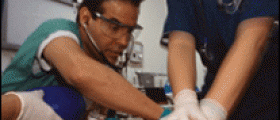
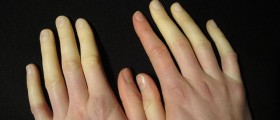
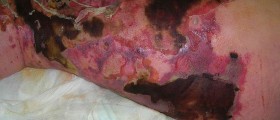
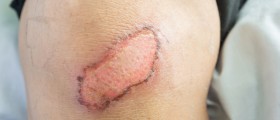
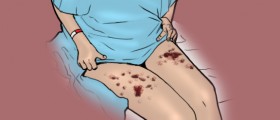
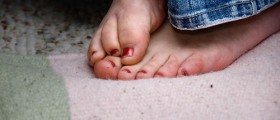
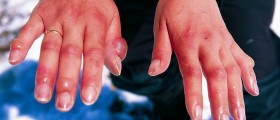
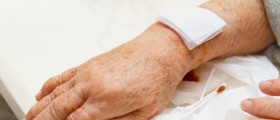
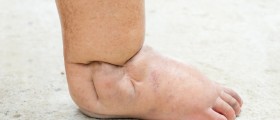
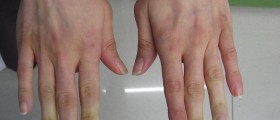




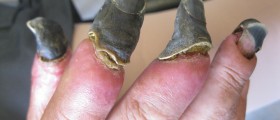
Your thoughts on this
Loading...